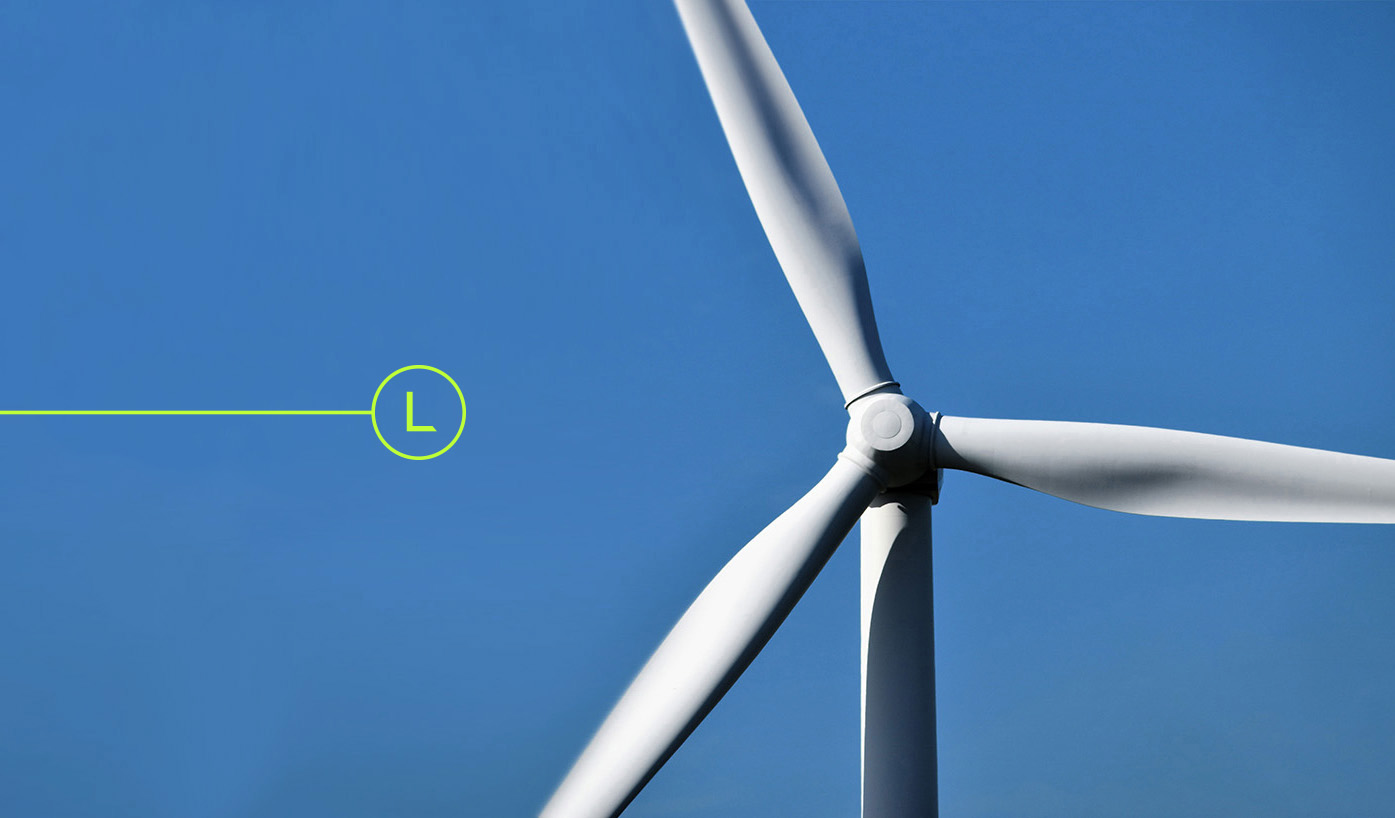Updates to The Guide on Planning Wind Farm Construction

The Ministry of the Environment’s Guide on Planning Wind Farm Construction is currently being updated. The purpose of the update is to consider the changes in the sector since 2016, both in general developments in the sector and in case law and applicable legislation. The main legislative amendments relate to the 2017 reform of the Environmental Impact Assessment Procedure Act (252/2017, the “EIA Act”) and the 2023 reform of the Nature Conservation Act (9/2023).
In practice, the main changes in the updated guide include a new chapter on offshore wind, an extension of the chapter on shadow flicker and updates to the chapter on impact assessment. We have summarised these key changes below, but there are a number of other changes in the guide that operators in the field should familiarise themselves with.
Chapter on offshore wind power
The development of offshore wind projects in Finland is currently taking leaps forward and this has also been considered in the update. A new chapter on offshore wind power is being added to the guide, which will include a collection of key legislation and regulatory procedures for offshore construction. The Guide also comprehensively covers the differences between construction in Finnish territorial waters and in the exclusive economic zone (the “EEZ”), where the Finnish Exclusive Economic Zone Act (1058/2004) will apply.
Construction in the EEZ and in territorial waters still has much in common. Both, for example, are subject to the EIA procedure under the EIA Act (252/2017) when the number of installations exceeds ten or the total capacity is 45 megawatts or more. The thresholds for the EIA procedure are therefore the same as for onshore wind. In both the EEZ and territorial waters, a project may have cross-border environmental impacts, in which case the other country must also be consulted. The provisions of the Water Act (587/2011) and the Environmental Protection Act (527/2014) also apply to both, and the construction of wind turbines in both territorial waters and the EEZ requires an opinion from the Finnish Defence Forces.
The obligation to apply for a project permit under Section 14 of the Electricity Market Act (588/2013), in the case of an power line of at least 110 kilovolts, also applies to construction both in the EEZ and in territorial waters, if the high-voltage power line of the offshore wind power project to be built in the EEZ will be built partly in Finnish territory (in territorial waters and/or on land). However, the Electricity Market Act does not currently apply to activities taking place exclusively in the EEZ. Similarly to onshore wind farms, a project permit may be granted if the construction of the electric transmission line is necessary for the transmission of electricity. If the power line crosses national borders, the construction of the power line must also be appropriate to the development of the electricity market and to reciprocity. A transmission line from Finnish territory to the EEZ is considered to cross national borders and the above additional condition must be met if the electricity generated by an offshore wind project in the EEZ is brought into Finnish territory by means of a high-voltage transmission line.
Offshore wind power construction must also consider a water permit required by the Water Act and a possible research permit. In addition, performing seabed research in territorial waters always requires a research permit issued by the Finnish Defence Forces. It is not always possible to reach an agreement with the landowner on the siting of structures and equipment, in which case the use of redemption provisions of the Water Act may become necessary in order to sit cables and equipment. It should be noted that these are also only applicable in territorial waters. The EEZ is an international maritime area where the Finnish property regime does not extend, and in the EEZ, the research, exploitation and construction rights are granted by the Government.
One of the most significant differences between offshore wind power construction in territorial waters and the EEZ is that, unlike in territorial waters, projects in the EEZ are not subject to planning or building permits under the Land Use and Building Act (132/1999). Of the provisions of the Land Use and Building Act, only those relating to maritime spatial planning in Chapter 8 a apply to EEZ construction. A marine spatial plan is a non-legally binding, general and strategic spatial plan drawn up and approved by the coastal provinces, which, inter alia, indicates the most potential areas for offshore wind power and important infrastructure connections. The first Marine Spatial Plan was completed in 2020 and the next one is expected to be completed in 2026.
With regard to the EEZ, it is also worth noting that the Ministry of Economic Affairs and Employment is currently preparing new offshore wind power specific legislation regarding the allocation and construction of projects in the Finnish EEZ. The new legislation is expected to enter into force at the earliest at the beginning of 2025 and will address issues such as the granting of exclusive rights and the licensing of offshore wind power projects.
Shadow flicker impact
More attention has been paid to the shadow flicker impact of wind turbines in the draft guide. The previous version of the guide included guideline values only for noise, which later contributed to the adoption of the regulation on the guideline values for outdoor noise levels in wind turbines. The updated guide will also include design guidance values for the shadow flicker impact on wind turbines, which follow the practices of Sweden, Denmark and Germany that have already been widely followed in Finland.
In terms of modelling, the model has been specifically taken from Germany. The modelled theoretical maximum amount of shadow flicker impact, the so-called “worst case” estimate, should be a maximum of 30 hours per year and 30 minutes per day. If the shadow flicker impact exceeds this level, the operator must ensure by means of technical solutions that the so-called “real case” does not exceed 8 hours. In practice, this may require the operator to take measures in terms of siting, to install shadow flicker impact suppression systems or to shut down power plants under flicker-prone conditions.
Impact assessment
In the updated version, separate sections are being added for assessing the impacts of wind power construction on nature, large predators, and forest reindeer. The update aims to take better account of ecological networks, ecological connectivity needs, and habitat fragmentation caused by wind power construction. Ecological connectivity refers to, for example, green corridors or other corridors that facilitate the movement of plant and animal species. The guidance on the assessment of the combined effects of multiple wind turbines has also been strengthened, with particular attention paid to impacts on people, fauna, core areas of nature and ecological connectivity.
The chapter on impact assessment also includes decisions of the Supreme Administrative Court, which are relevant to the impact assessment, and which open the practical application of the provisions. The reform is to be welcomed, as the application of the rather high-level and loose impact assessment provisions of the Land Use and Building Act to wind energy construction has been considerably clarified in the case law of the Supreme Administrative Court.
Update expected in 2024
The draft guide was circulated for comment in 2023 and changes are thus still possible in the light of, among other things, the statements made. However, the update of the guide is expected to be completed in the second half of 2024. In particular, the operators in the field of project development should familiarise themselves with the reform, because although it is not a binding source of law, the guide has so far played a significant role in the case law on wind power construction.
For more information please contact
-
Hanna TuominenSenior Associate
Attorney-at-Law
